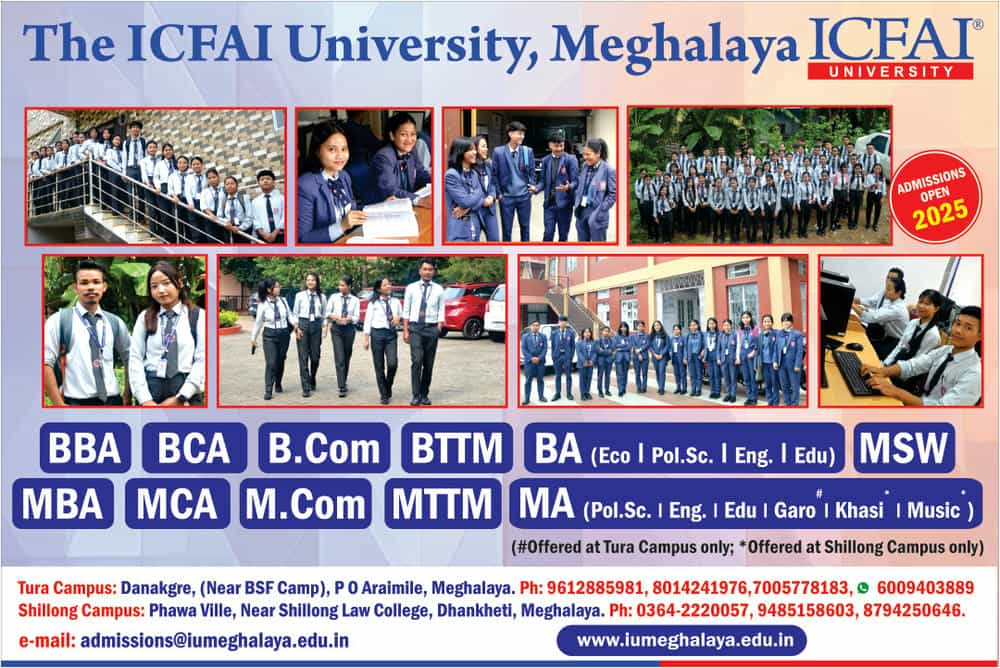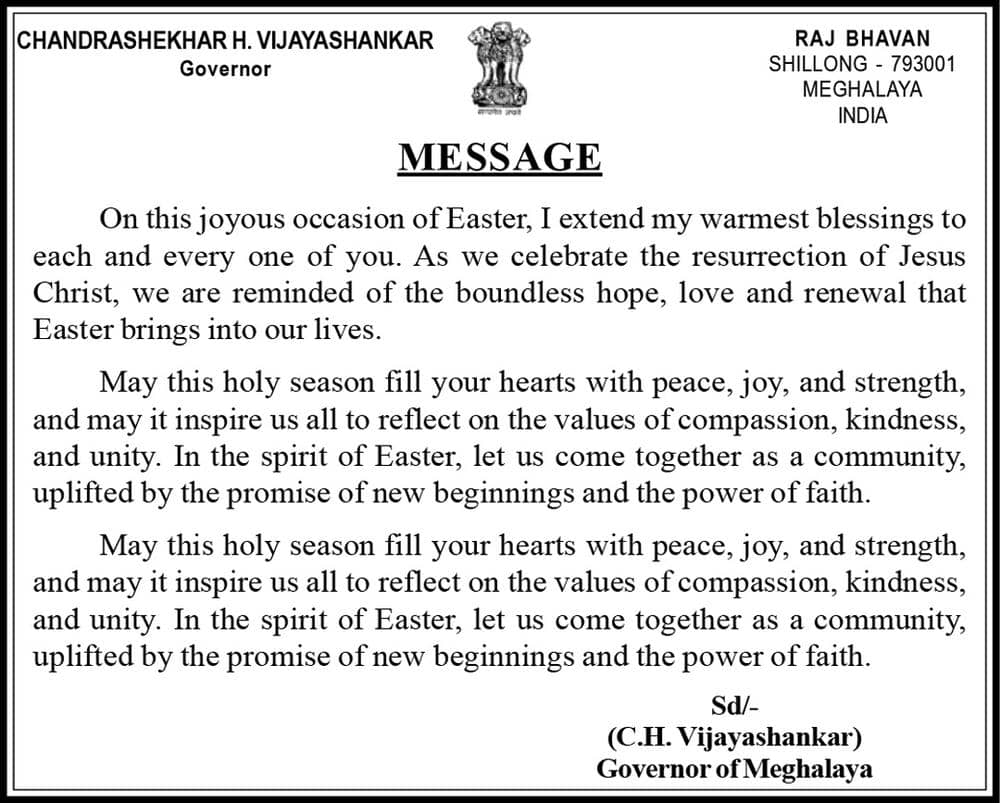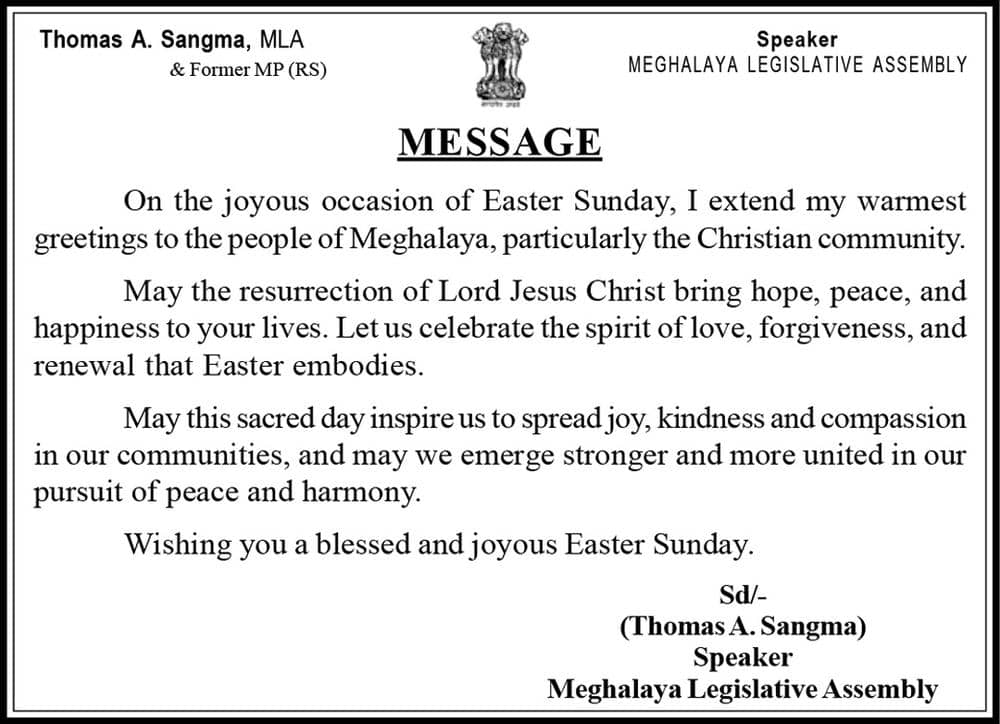Durga Prasai captured: Fugitive royalist leader’s arrest in India sends shockwaves through Nepal’s political establishment

Durga Prasai, Nepal’s most incendiary royalist figure and a former Communist insider, was arrested in India’s Assam state and flown back to Kathmandu on Friday, ending a high-profile manhunt that exposed deepening political divides in Nepal.
Prasai was caught in Tamulpur, a district in Assam’s Baksa region—an area closely aligned with India’s ruling Bharatiya Janata Party (BJP). Indian authorities handed him over at the Kakarbhitta border crossing, where he was detained by Nepal Police’s Central Investigation Bureau (CIB) and immediately transported to Kathmandu via Buddha Air. He is currently being held at the District Police Office and is expected to be presented before the court to extend his custody.
His arrest follows violent unrest on March 28, when a royalist rally in Kathmandu—led by the Joint People’s Movement Committee for the Restoration of Monarchy—erupted into chaos. Protestors broke through police barricades in the Tinkune area. Prasai, behind the wheel of a vehicle that defied security orders, was at the centre of the confrontation. Police responded with force—firing tear gas, water cannons, and live rounds. Two people died. At least 20 were injured.
In the aftermath, Prasai disappeared. From hiding, he released videos insisting he remained inside Nepal, but authorities suspected he had fled across the Indian border. His eventual arrest in Assam confirmed those suspicions—and raised questions about possible support from ideological allies in India’s Hindu nationalist belt.
Prasai is now charged with inciting violence, but his role in Nepal’s political landscape goes far beyond one protest. Just a few years ago, he was best known as a private healthcare entrepreneur and Communist Party insider. Based in Jhapa, he founded B&C Hospital and held a central committee post in the UML (Unified Marxist–Leninist), with close ties to party chairman KP Sharma Oli.
His public image took a hit in 2018 when a photograph surfaced showing Prasai dining with Oli and Maoist leader Pushpa Kamal Dahal, known as Prachanda. Critics saw it as a symbol of the ruling elite’s backroom dealings, while everyday Nepalis were reeling from economic strain and government dysfunction. Around the same time, anti-corruption activist Dr. Govinda K.C. branded him a “medical mafia” figure, accusing him of exploiting the private healthcare sector.
When his B&C Medical College failed to gain academic affiliation—despite his political clout—Prasai’s disillusionment with the establishment deepened. After being denied a UML election ticket in 2022, he broke with the party entirely. By 2023, he had reemerged as a militant royalist, calling for the collapse of Nepal’s federal republic and the restoration of a Hindu monarchy.
His rhetoric—nationalistic, anti-secular, and aggressively anti-elite—found an eager audience among frustrated youth and conservative rural populations. While traditional royalist leaders like Kamal Thapa and Rajendra Lingden struggled to mobilize support, Prasai’s bombastic speeches and confrontational tactics gave the monarchy movement a new edge. Through digital broadcasts and grassroots organizing, his “Nation, Nationality, Religion-Culture, and Citizen Rescue Campaign” became a rallying force.
On March 27—just a day before the fatal rally—Prasai was named “Public Commander” by the Joint People’s Movement Committee, signalling a generational shift from traditional monarchist figures to a more populist, militant leadership. The title wasn’t just symbolic. It marked his rise as the new face of a movement increasingly fueled by rage, nostalgia, and discontent.
His escape to India added a layer of geopolitical tension. Assam, governed by the BJP and steeped in Hindu nationalist ideology, is no neutral ground. While there is no official confirmation of coordination between Prasai and Indian right-wing factions, his presence there invites speculation about broader ideological alignments across borders.
In Nepal, political responses to his arrest have split sharply. The ruling parties have praised the move as a step toward restoring law and order. But royalist groups, though internally divided, have condemned it as authoritarian suppression. Some factions have called for fresh demonstrations in support of Prasai, though their ability to rally en masse remains uncertain.
What happens next is unclear. Prasai could fade from public view, damaged by legal proceedings and weakened by absence. Or he could re-emerge as a martyr for a movement that sees him as the only leader willing to challenge the political status quo.
Either way, Durga Prasai has already changed the game. From Communist ally to monarchist mouthpiece, his transformation mirrors a broader ideological churn in Nepal. In a country weary of its fractured democracy, his name—whether shouted in anger or reverence—refuses to be ignored.




Leave a Reply